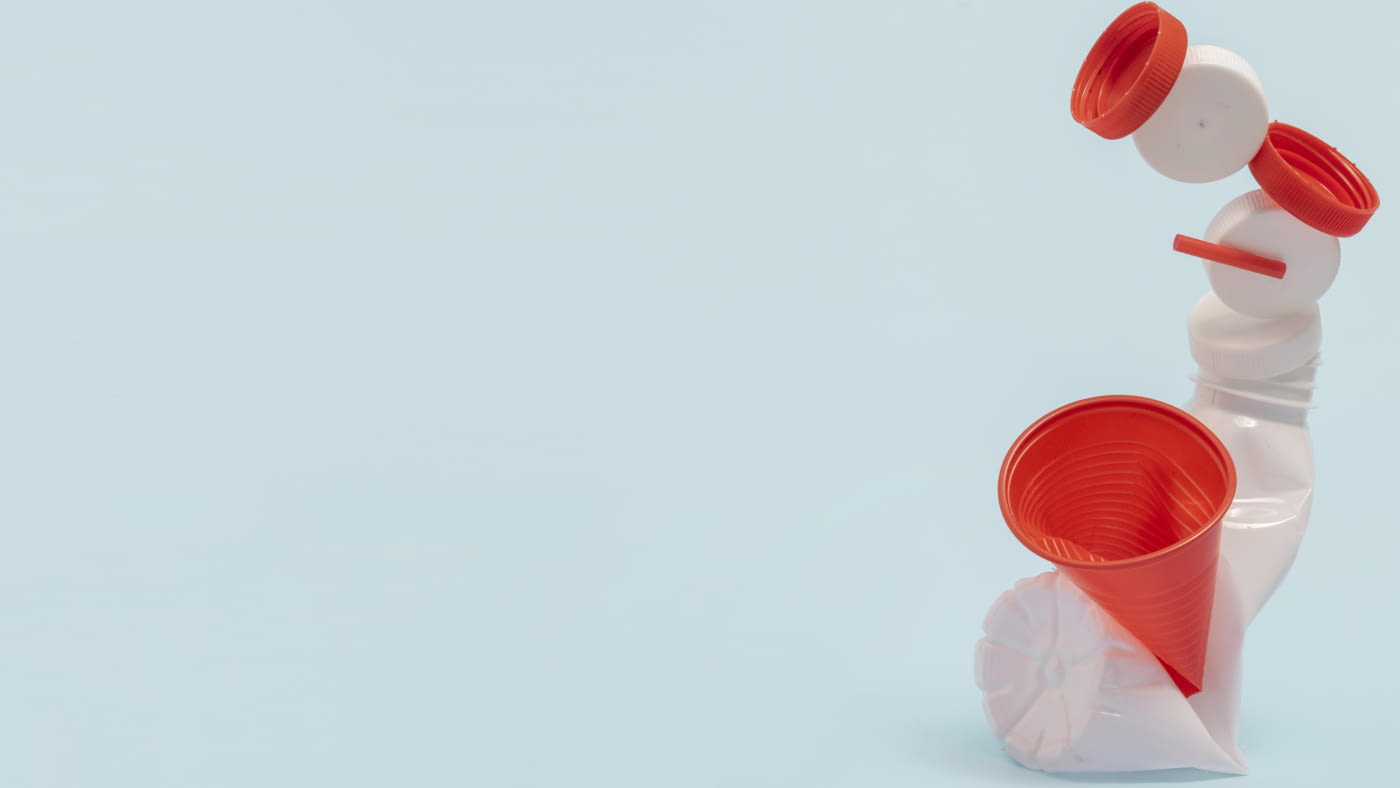
This week was World Environment Day, and today we celebrate World Oceans Day. Two days to highlight the biodiversity of our planet, and at the same time, to raise awareness about sustainability in industrial activities.
There are more and more eco-friendly alternatives in the manufacturing of customised plastic parts: bioplastics, recycled materials, waste reduction... Today, we will discuss the circular economy and 3D printing. What is their relationship? How can this additive manufacturing method contribute to the circular economy? Read on!
The purpose of the circular economy is to recycle existing materials and products and give them a second or third life (until they can no longer provide value). This reduces the volume of waste generated. On the other hand, 3D printing, or additive manufacturing, is a technology that can create three-dimensional objects layer by layer, with a wide variety of materials. This is where the two concepts, the circular economy and 3D printing, come together.
Reuse of materials for 3D printing
The raw material used to manufacture the filaments comes from various sources, one of which is recycled plastics. These plastics can come from sources such as PET bottles, manufacturing waste or other discarded plastic products. The recycled plastics are processed and transformed, and then used as raw material for extruding filaments. In this way, waste is used to manufacture a new product, in this case customised plastic parts.
3D printing projects with recycled materials
On our social networks, we share sustainable initiatives related to the engineering plastics sector, some of them related to the circular economy and 3D printing.
Find out more about the most original initiatives!
From used coffee capsules to 3D printing filaments.
Repurposing pandemic PPE into 3D printing filaments.
Find out more about the most original initiatives!
From used coffee capsules to 3D printing filaments.
Repurposing pandemic PPE into 3D printing filaments.







